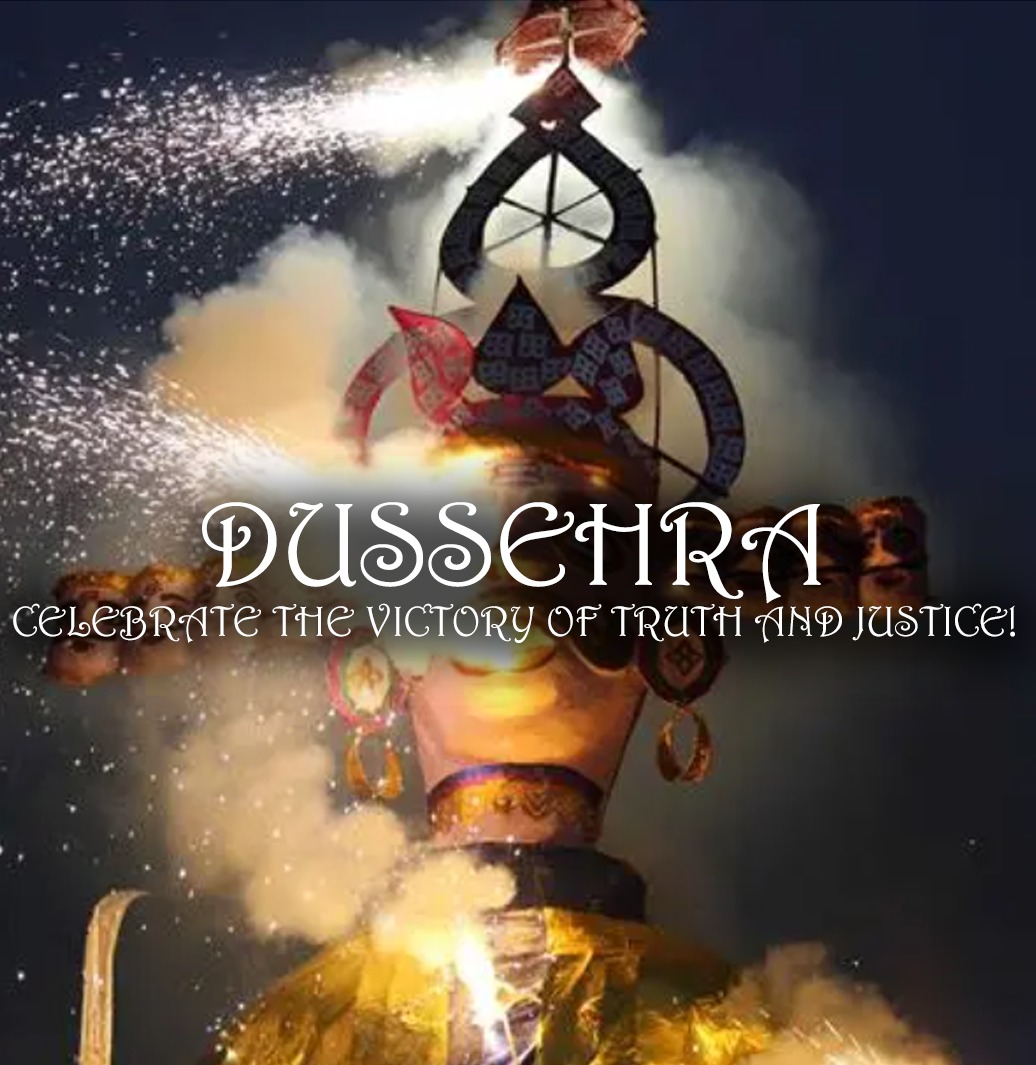
Dussehra , also known as Vijayadashami, is a major Hindu festival celebrated across India, marking the victory of good over evil. It usually falls in September or October, at the end of the Navratri festival.
Why Dussehra is celebrated:
- Victory of Lord Rama
- In most parts of India, Dussehra celebrates Lord Rama's victory over the demon king Ravana, symbolizing the triumph of good over evil.
- Huge effigies of Ravana, Meghnath, and Kumbhkaran are burned, often accompanied by fireworks.
- Victory of Goddess Durga
- In eastern states like West Bengal, Assam, and Odisha, it marks Goddess Durga’s victory over Mahishasura, the buffalo demon.
- This version is celebrated as the final day of Durga Puja, with grand idol immersions.
- Dramatic Ramlila Performances
- In North India, especially in places like Delhi, Varanasi, and Ayodhya, open-air Ramlilas (dramatic plays based on the Ramayana) are performed for several nights leading up to Dussehra.
- It’s a great way for tourists to understand Indian mythology and storytelling.
- Spectacular Effigy Burnings & Fireworks
- Tourists are amazed by the grand public gatherings where giant Ravana effigies are burned with fireworks—symbolizing the destruction of evil.
Why tourists love to visit India during Dussehra:
